|
After 2 full days of sailing north from Cape Horn along the Atlantic coast of South America, we finally arrived at Puerto Madryn, an important coastal town with a population of 100,000 in the Argentine Patagonia, which was founded in 1865 by a group of Welsh immigrants. The contrast in weather between Cape Horn and Puerto Madryn could not have been more significant. We had left Cape Horn battling high winds and heavy seas under overcast, misty skies with temperatures hovering around 10 degrees Celsius. We arrived into Puerto Madryn at 8:00am under calm, cloudless, bright blue skies and a temperature of 25 degrees Celsius. This was going to be a beautiful day! After a quick breakfast, we disembarked from the Eclipse and boarded the air-conditioned tour van that would take us out to the Valdes Peninsula where we would be spending most of the day. The Valdes Peninsula is a mostly barren nature reserve which protrudes into the Atlantic Ocean and provides a natural shelter for Puerto Madryn. It was designated a UNESCO World Heritage Site in 1999 because of its significance for the conservation of marine mammals and waterfowl. It is home to endangered species such as the Southern White Whale and is also an important breeding sanctuary for the Magellan Penguin, Southern Elephant Seal and Southern Sea Lions. We would be spending the day observing most of these species. Our first stop on the 170 kilometre drive (2.5 hours) from Puerto Madryn to our end point in Punta Norte was at a rest stop just after a mandatory check point. The province is checking that tourist groups are travelling with certified guides. The rest stop had interesting displays with skeletal remains and information about the wildlife of the region. The ride to Punta Norte is on gravel roads with the last hour being extremely bumpy. Our driver Pedro did his very best to make it as smooth as possible even driving in the middle of the road at times to avoid as many bumps as possible. But this may be a consideration for those that have back problems or suffer from motion sickness. Our final destination was an Argentinian estancia (ranch) for lunch. The ranch was a couple of miles off of the main gravel road that runs through the Peninsula. On our way to the ranch we spotted herds of wild guanacos, which are related to the llama, grazing on the dry pampas grass and brush that is prevalent in the area. We finally arrived at the ranch which was surrounded by a fenced enclosure and consisted of several outbuildings for the sheep and one main low-slung ranch house. We entered through the main door into a large open room with high ceilings and tiled floors. To the left of the entrance were 2 massive wood-burning fireplaces, each stoked with burning embers, cooking whole lambs stretched across upright steel racks. A pungent smokey barbeque aroma permeated the air throughout the main room. Several large, wooden tables were setup for lunch in the middle of the room. We ordered wine and waited as the various lunch dishes were brought to the table in large platters. As we had become accustomed to in South America, lunch usually starts with empanadas, and this place was no exception. We were also served mixed salads and the succulent, carved lamb that had been grilling in the fireplace. To finish off, we were offered a dessert of dulce de leche flan. After lunch, we got back into the van and drove another 20 minutes to the Nature Reserve in Punta Norte where we would be spending most of the afternoon. We were quite excited about this particular destination, and it was one of the highlights that we had earmarked when we were planning the trip. This is home to nearly 1 million penguins and we were fortunate enough to be here just after breeding season, which meant that there would be plenty of chicks and young penguins in the mix. We parked near the entrance of the sanctuary and followed the delineated rocky path that meanders through the breeding grounds all the way to the Ocean. The area is rather dry and consists of hard packed earth covered in small rocks. The main vegetation is scraggly, dense brush that serves to cover the burrowed nests that have been prepared by the male penguins in the dry ground. Each female lays 2 eggs, but usually only one bird survives to maturity. Both the male and female share feeding responsibilities, walking up to several kilometers across the reserve to the Ocean shore to fetch squid and anchovies for their young. It was hard to leave this area, even after walking around for more than an hour and a half watching the penguins march around, seemingly aimlessly. The penguins were everywhere and it didn’t seem to bother them that we were walking in their midst. They would often stop and stare at us, only a couple of feet away, and then eventually lose interest, turn away and lumber off in another direction. After leaving the penguin reserve we drove another 6 kilometers up the coast to another reserve to visit the sea lions and elephant seals. Unlike in the penguin reserve which was at sea level and where we were literally walking among the Magellans on the beach, we observed the sea lions and elephant seals from a distance standing on top of a bluff while they lay stretched in small groups on the beach below. While penguins are monogynous, male sea lions are polygamous often having multiple female partners. The females lay close to their young and tended to them, while the males lazed a short distance away. It was quite loud as the elephant seals and sea lions would occasionally burst into bouts of barking as if shouting at one another. As the midafternoon sun began its journey westward, it was time for us to head back to the ship. We still had more than a 2 hour drive and the all aboard was at 5:00pm. As it turned out we just made it back in time, but had to stand in a long queue to get back on the ship. Our evening dinner consisted of an appetizer of sundried tomato soup with chicken pasta and rib brisket as the entrees. After dinner we dropped in to the Captain’s Club cocktail where we were greeted by the Ship’s Officers and offered martinis, wine and delightful canapes, including shrimp and sushi. It had been a long, wonderful day and we settled back in our stateroom looking forward to our next day on the Eclipse.
Continue to Day 12 & 13 - click here
0 Comments
Your comment will be posted after it is approved.
Leave a Reply. |
Sharing Our Travel DreamsSharing our personal experiences onboard and on the road, along with tips and insight for creating memorable vacations. Archives
March 2021
Categories
All
|
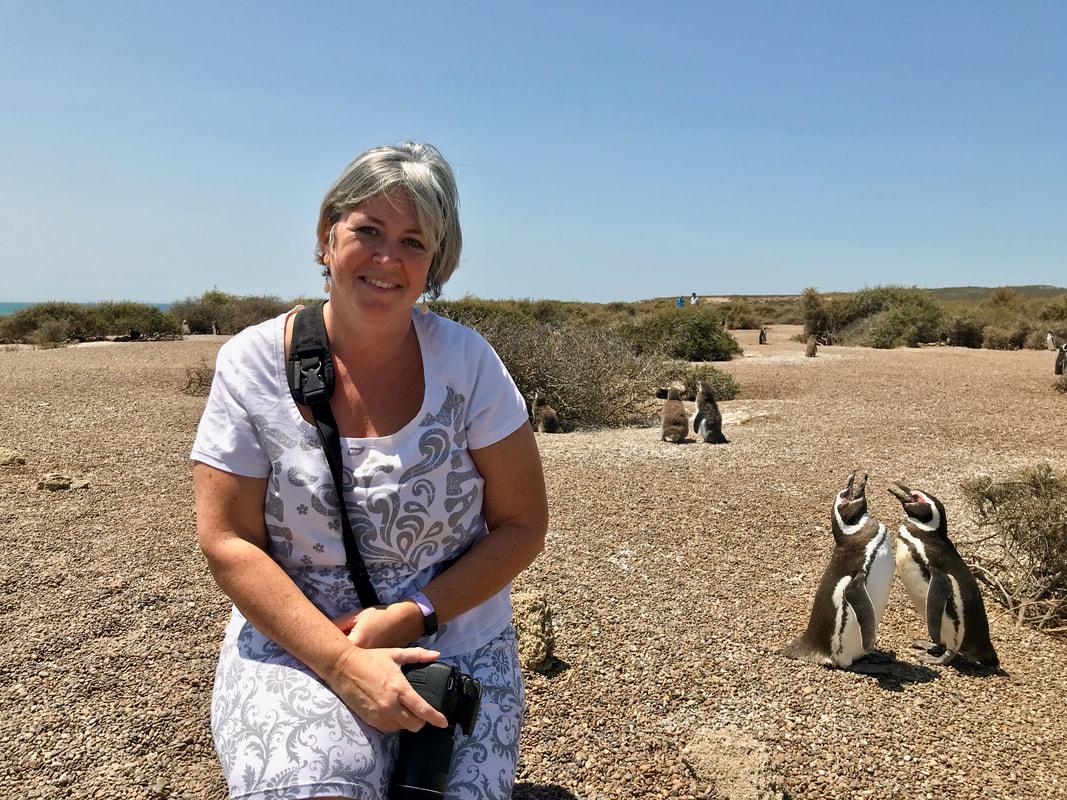
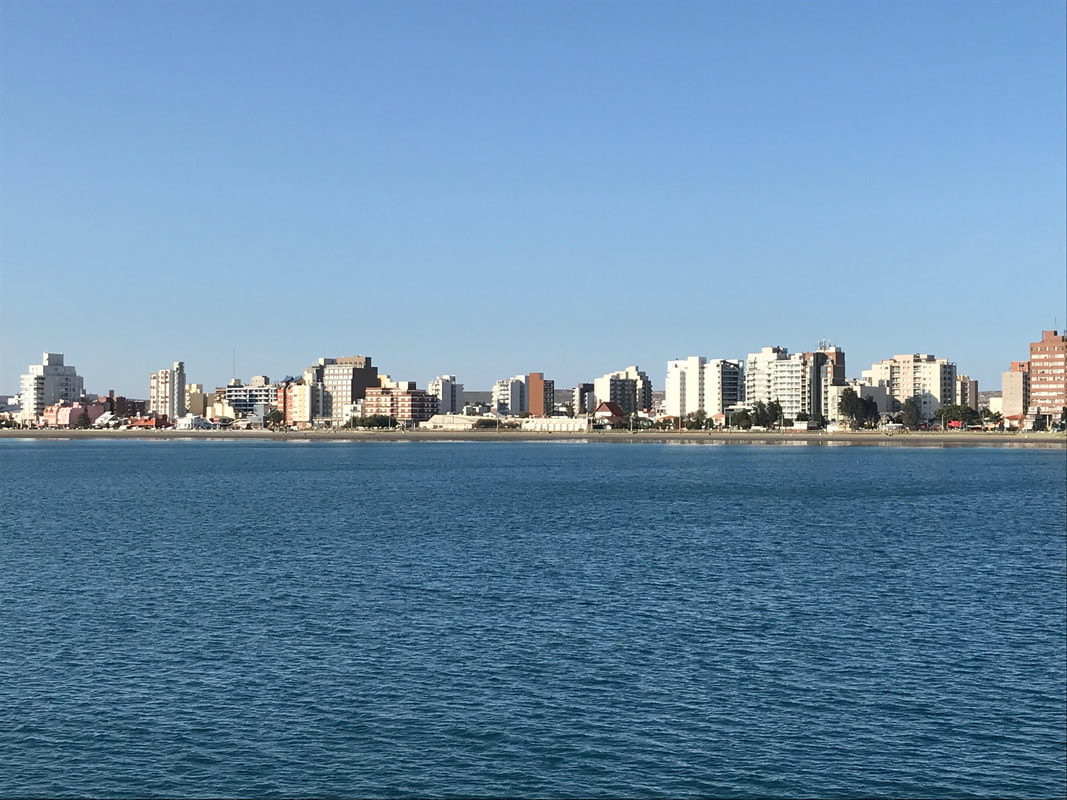
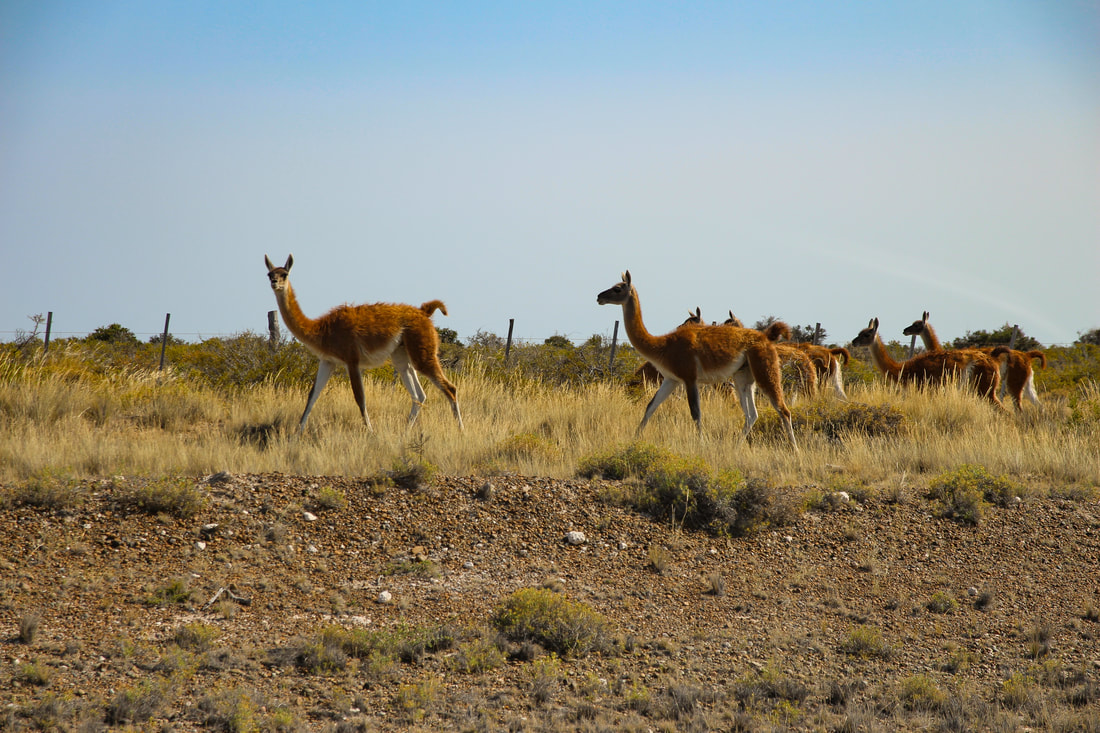
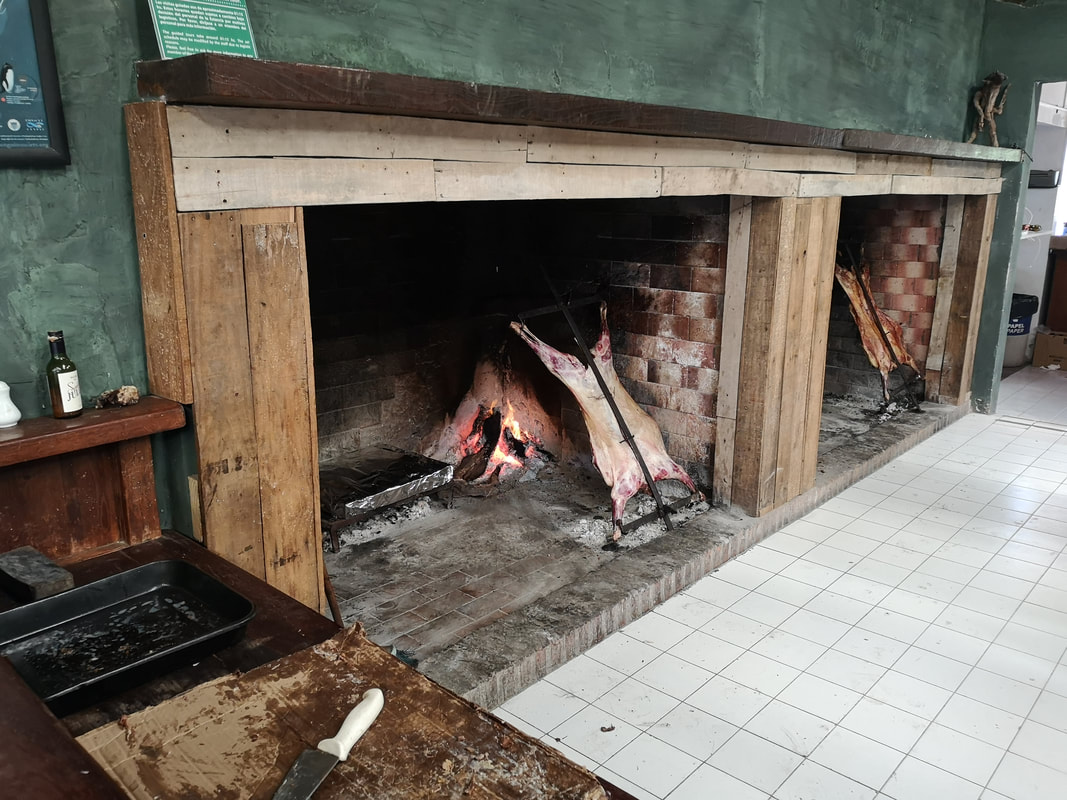
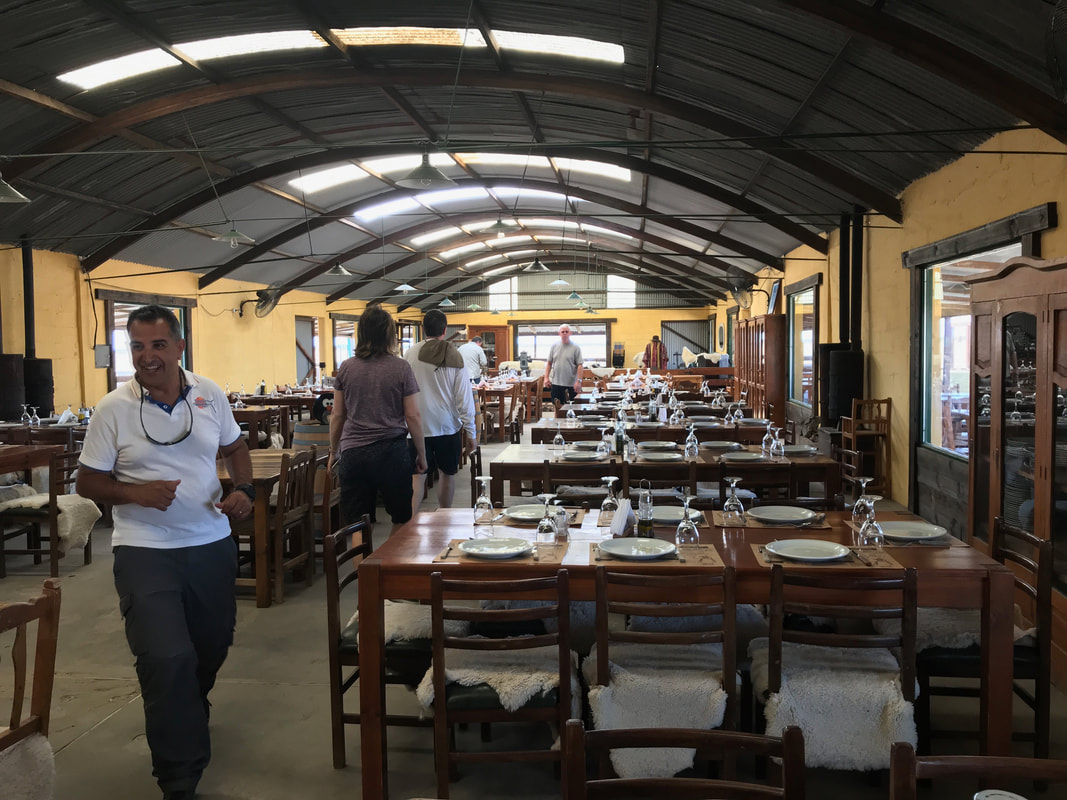
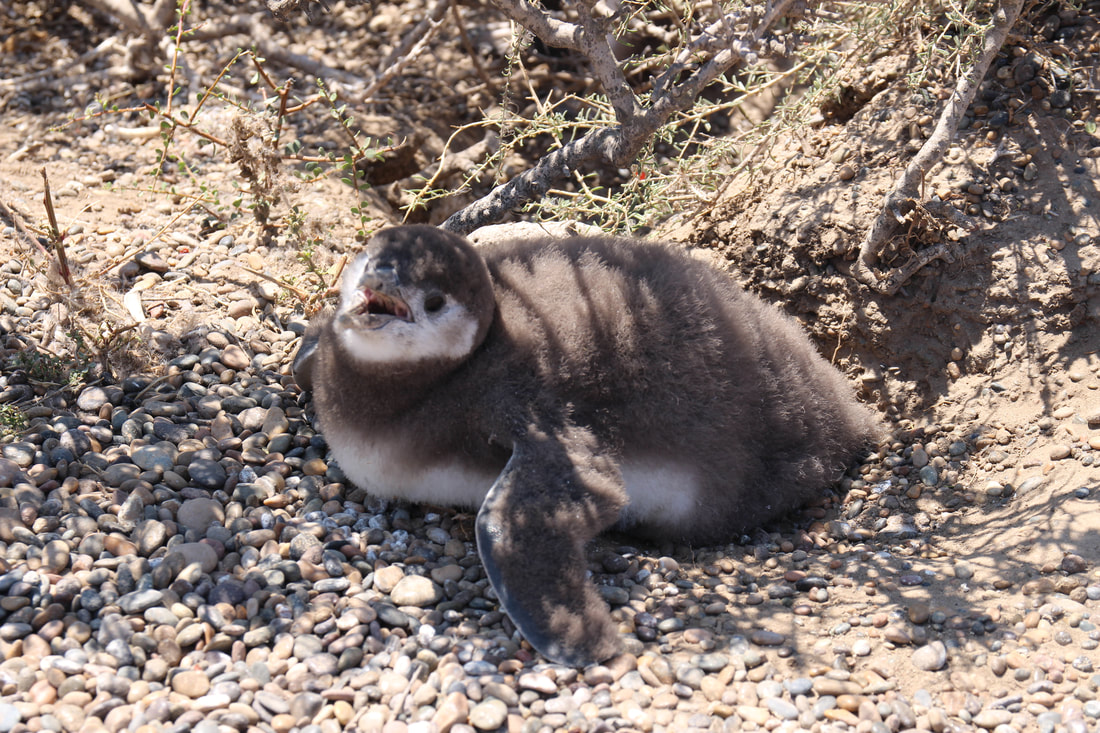
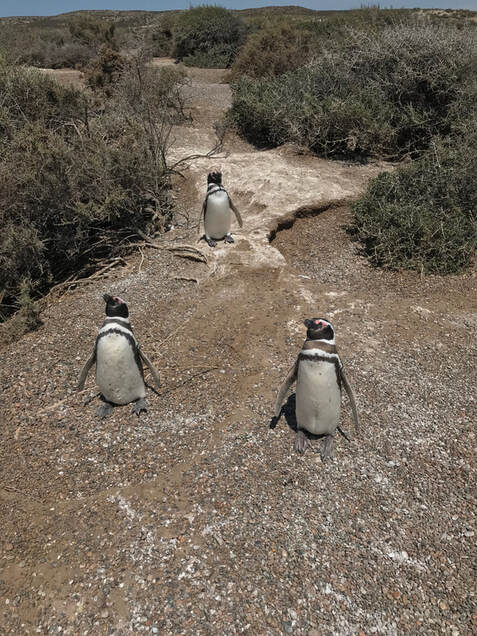
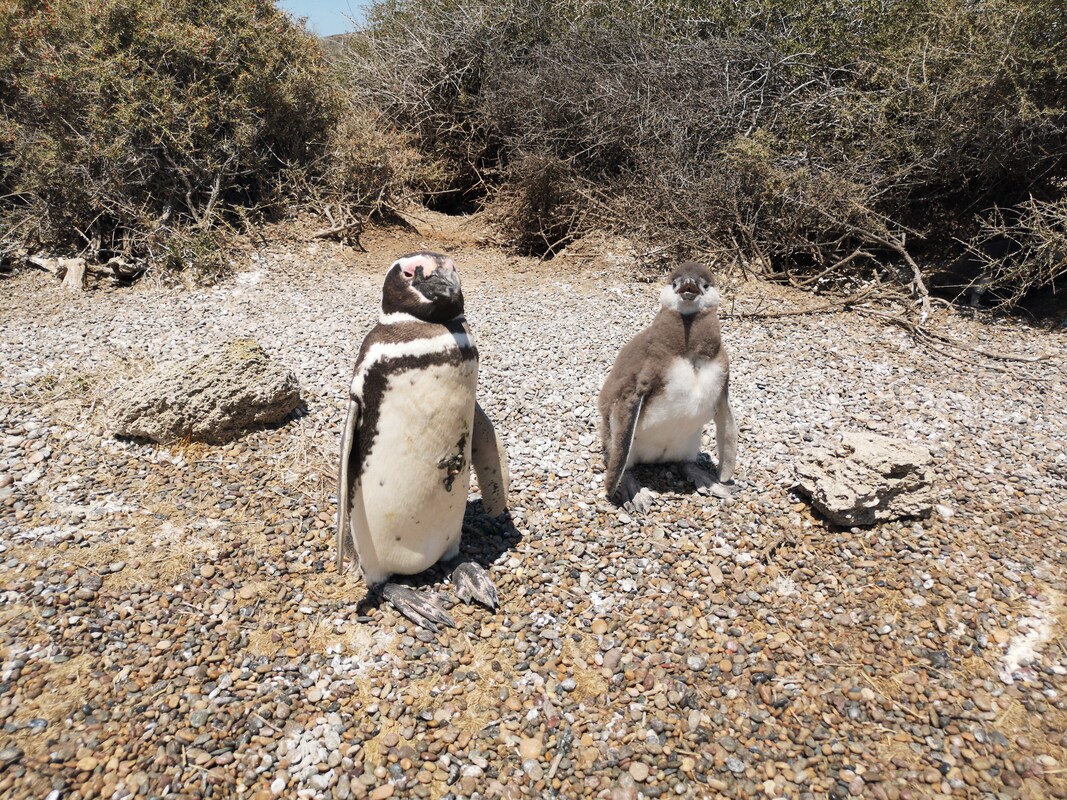
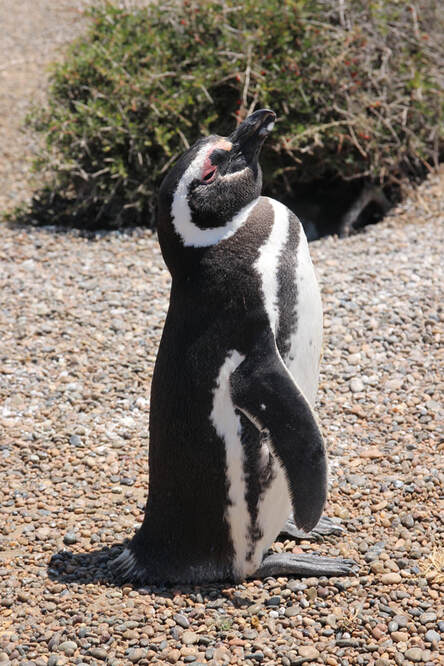
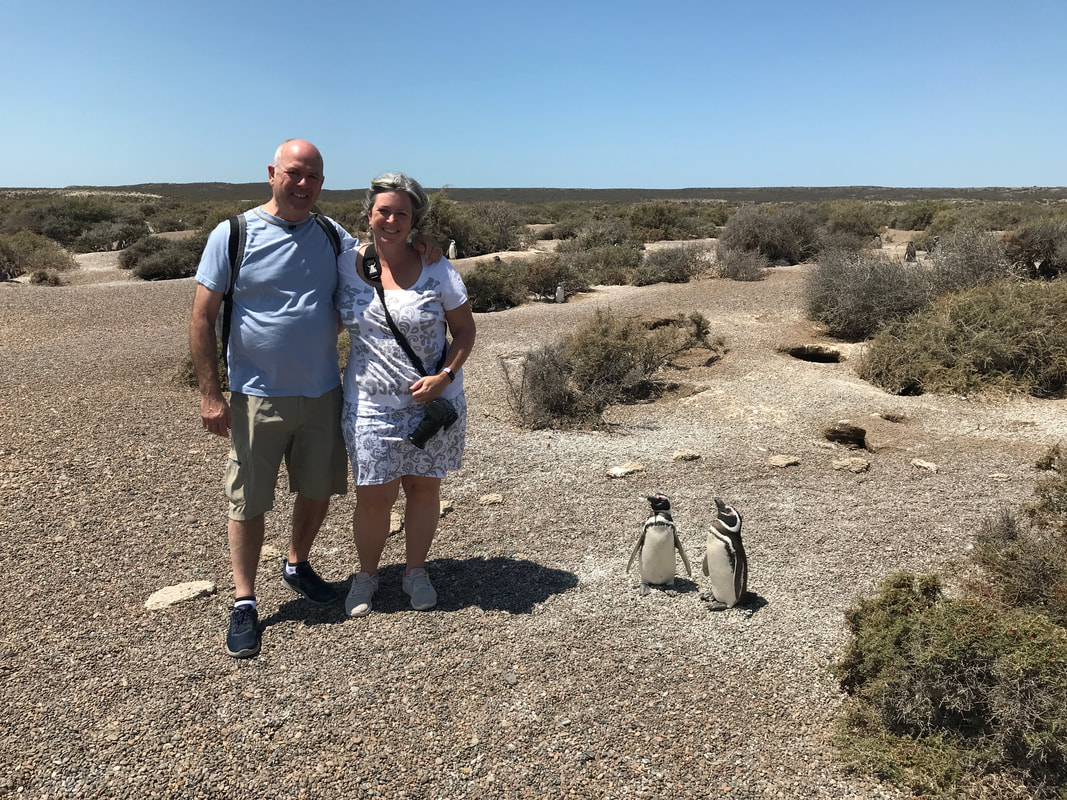
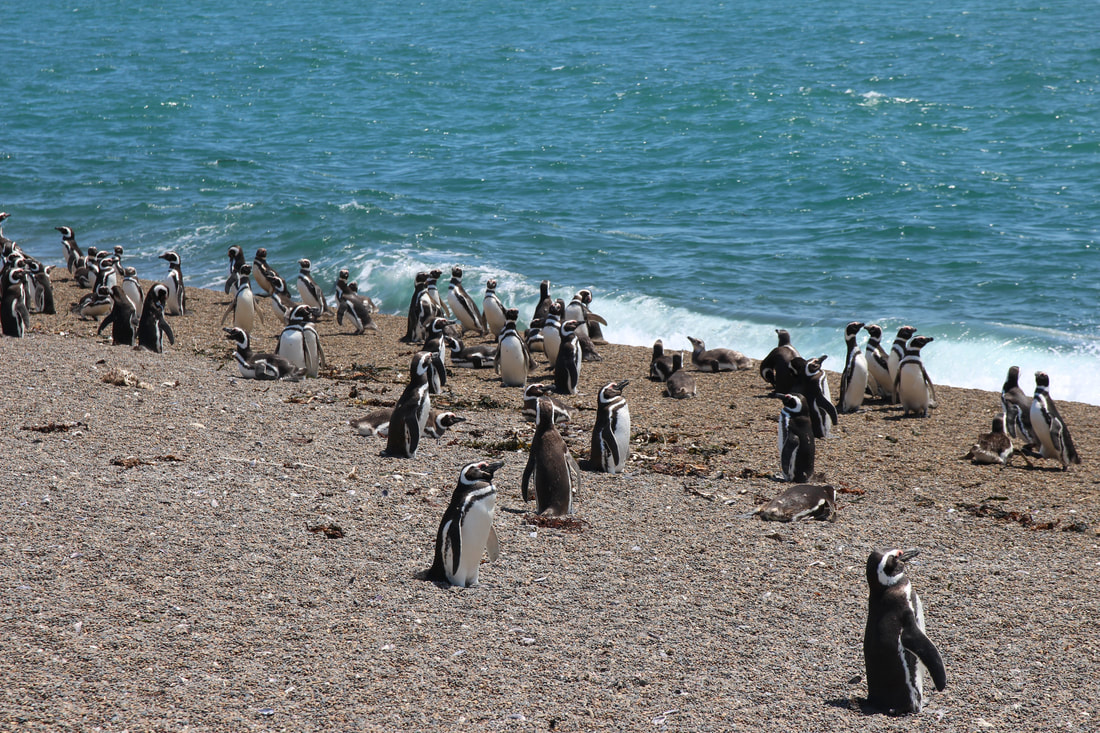
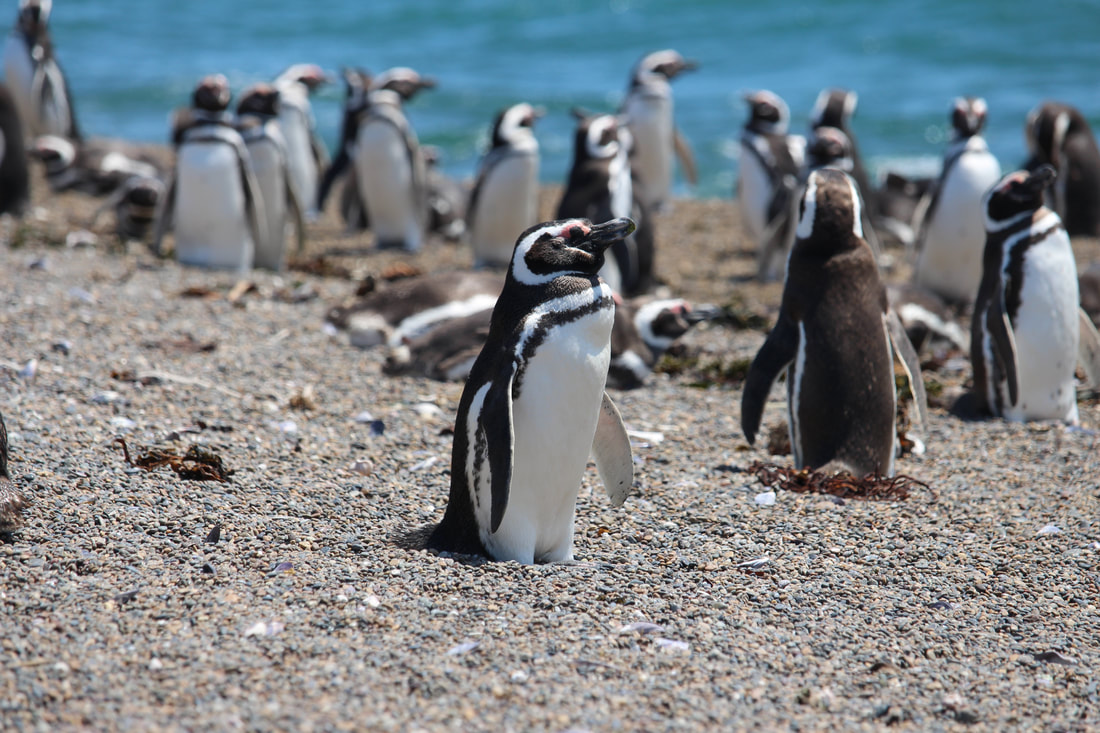
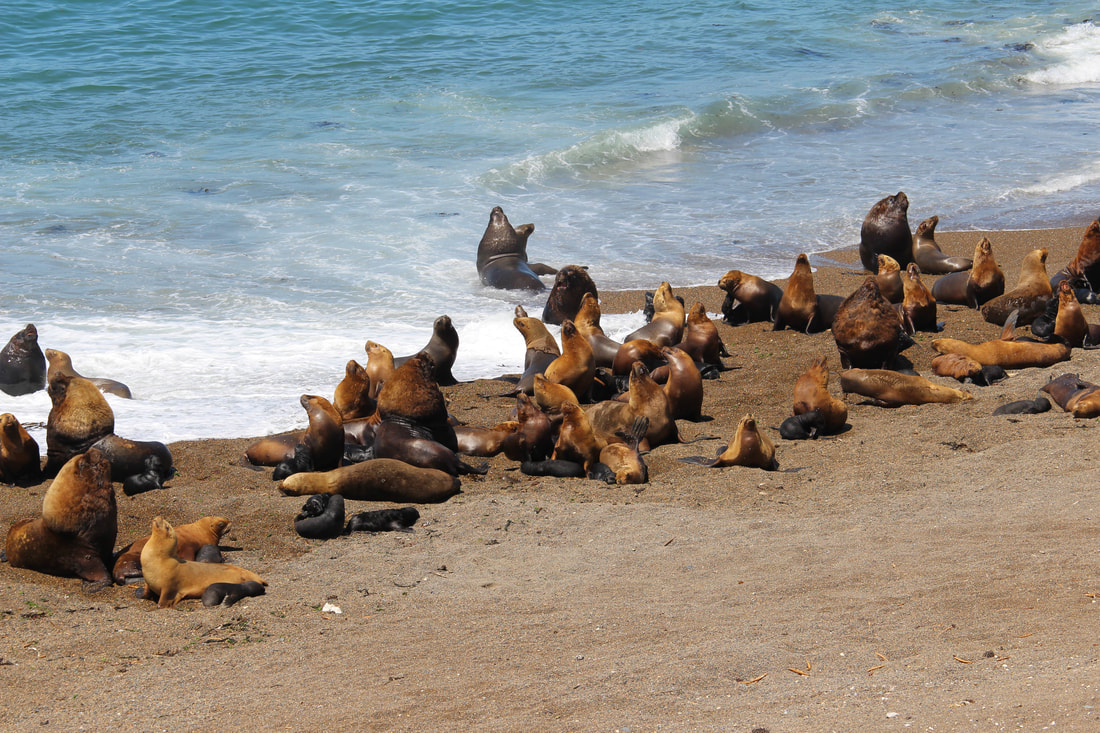
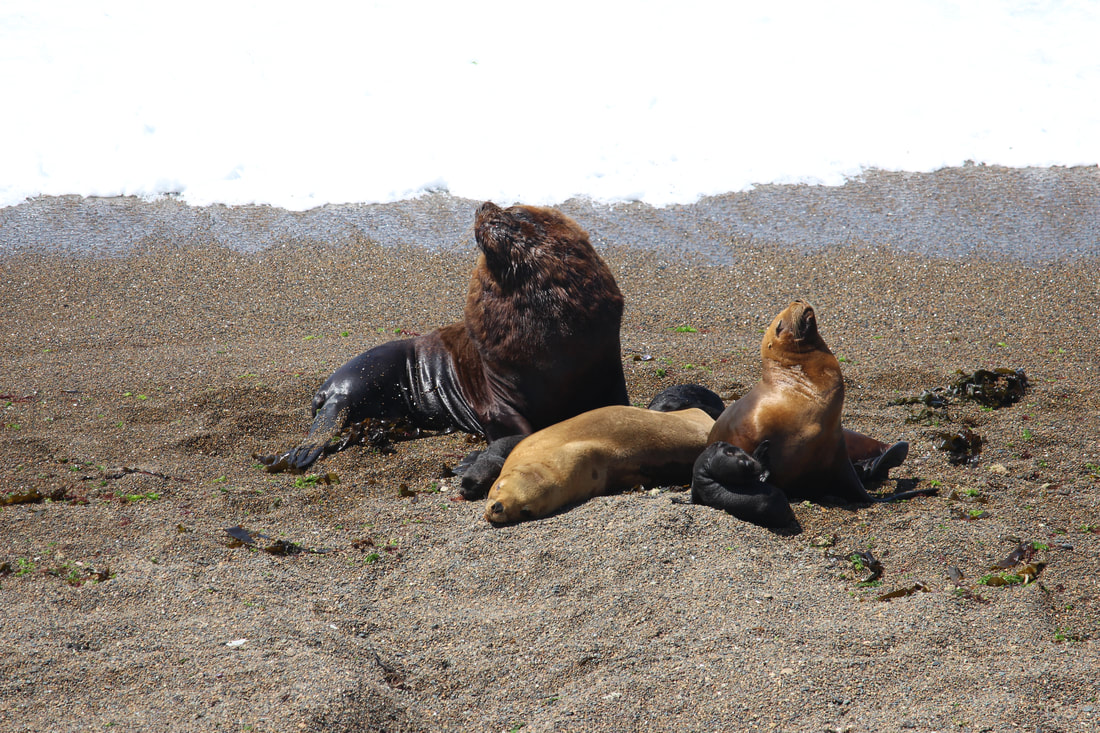
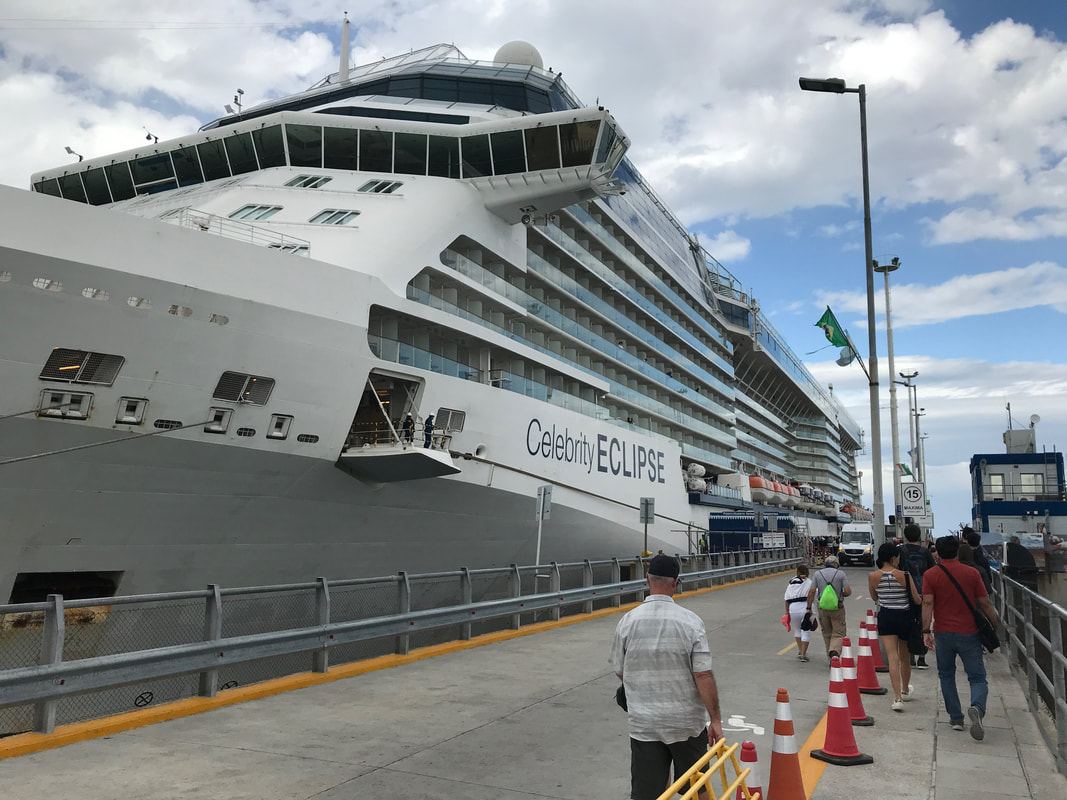
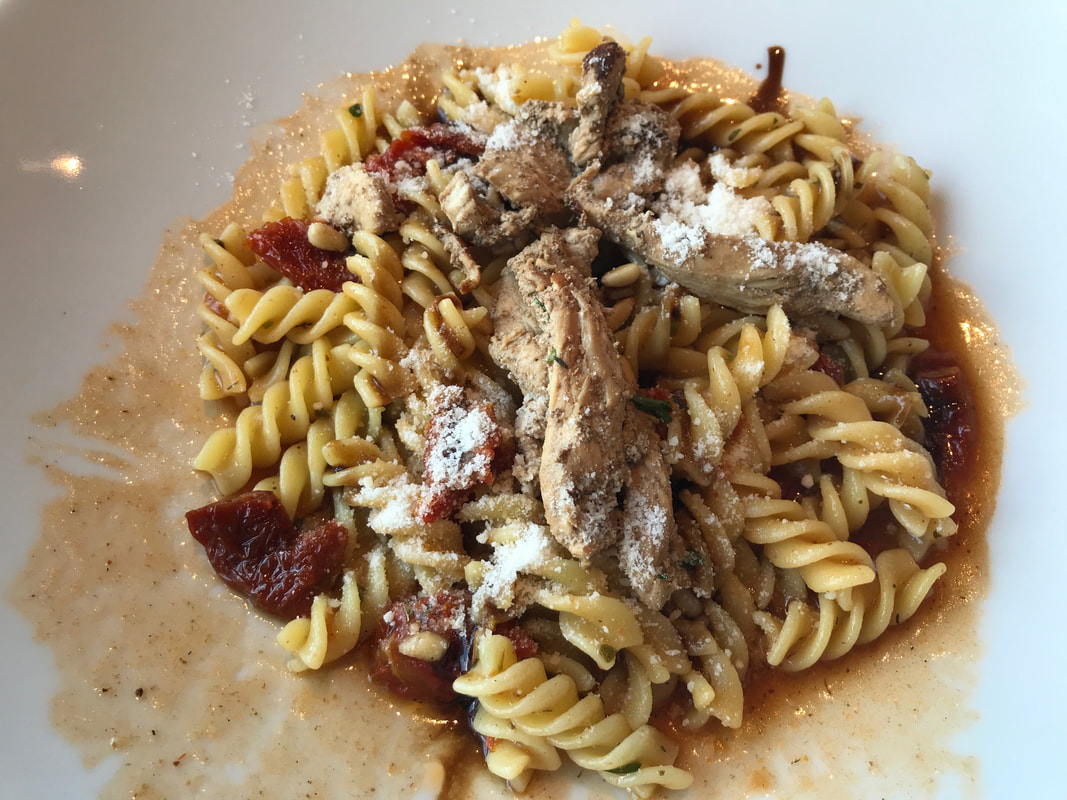
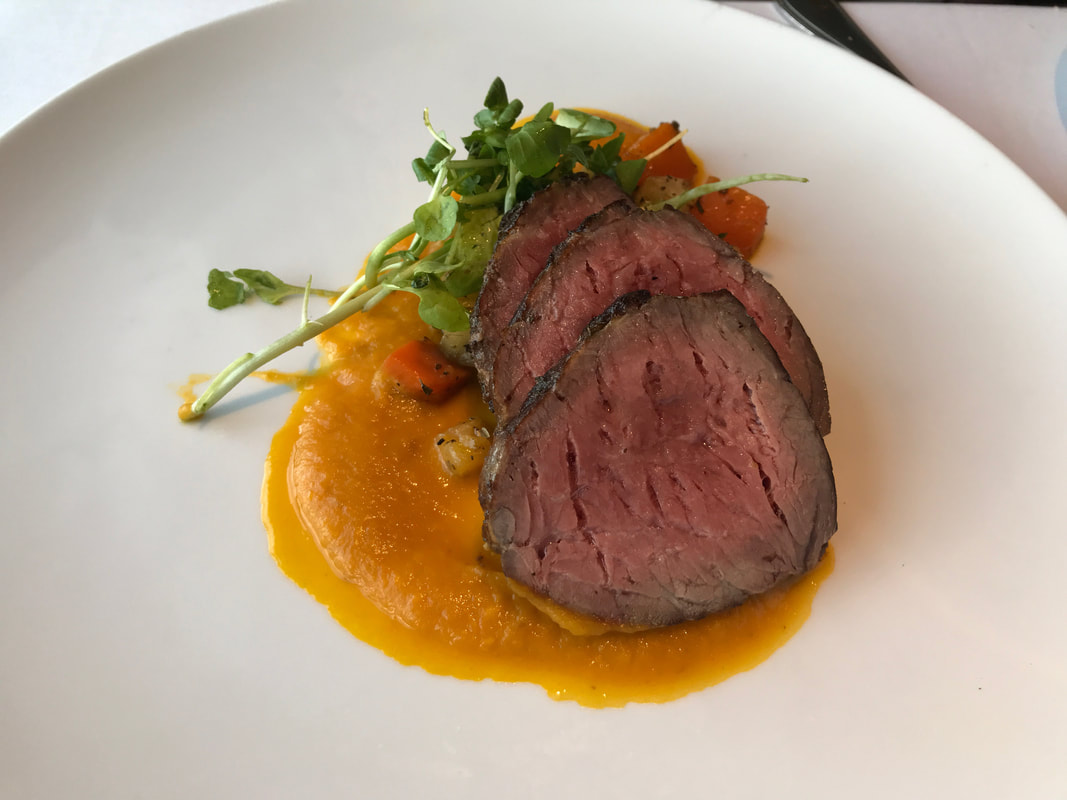
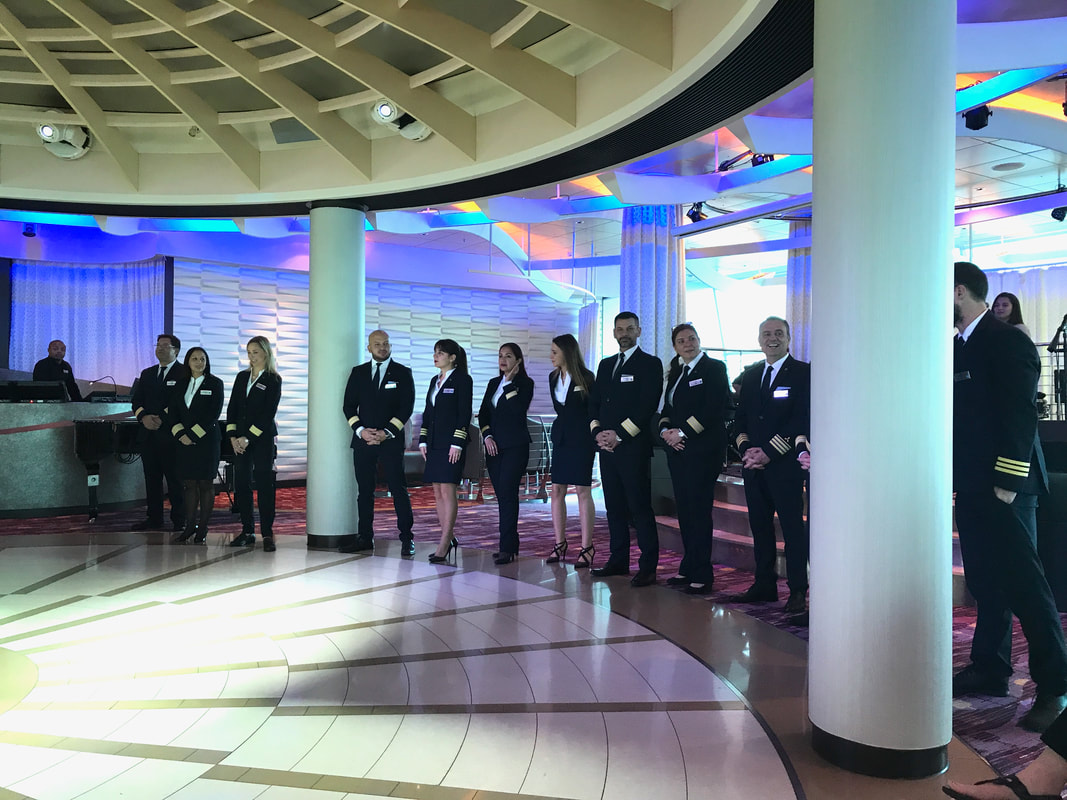
 RSS Feed
RSS Feed